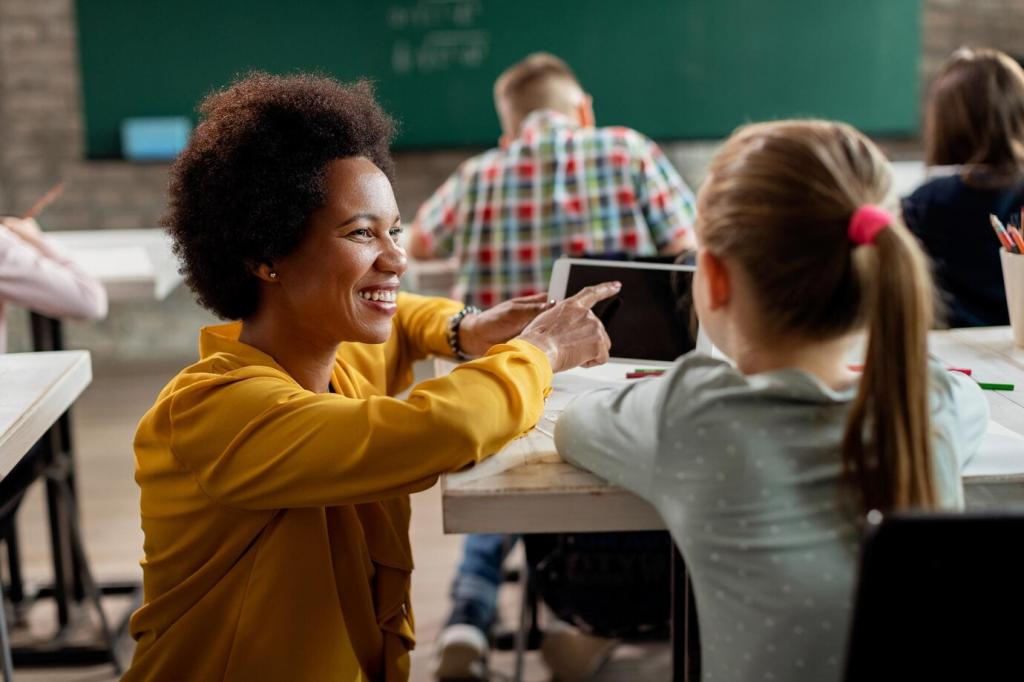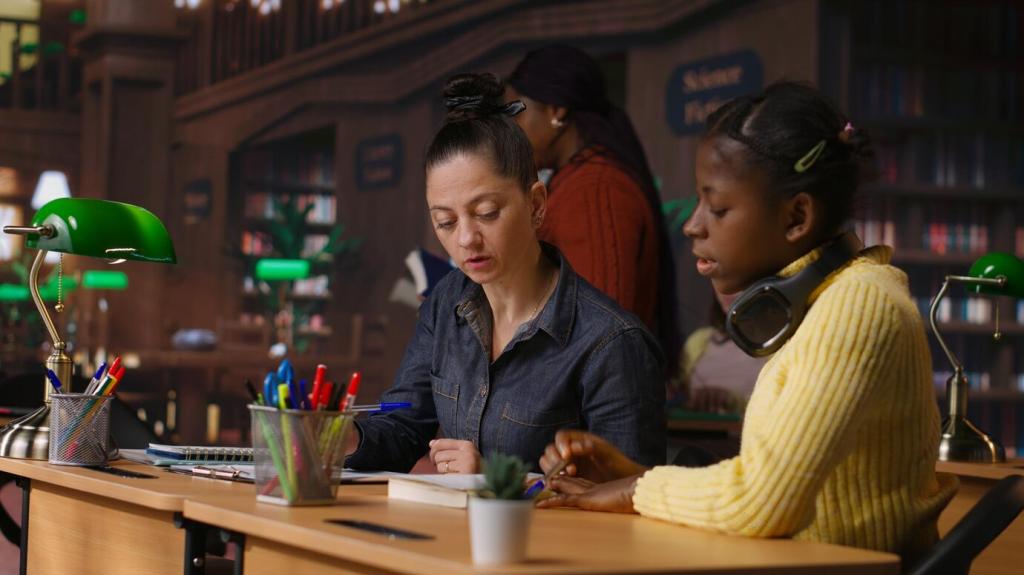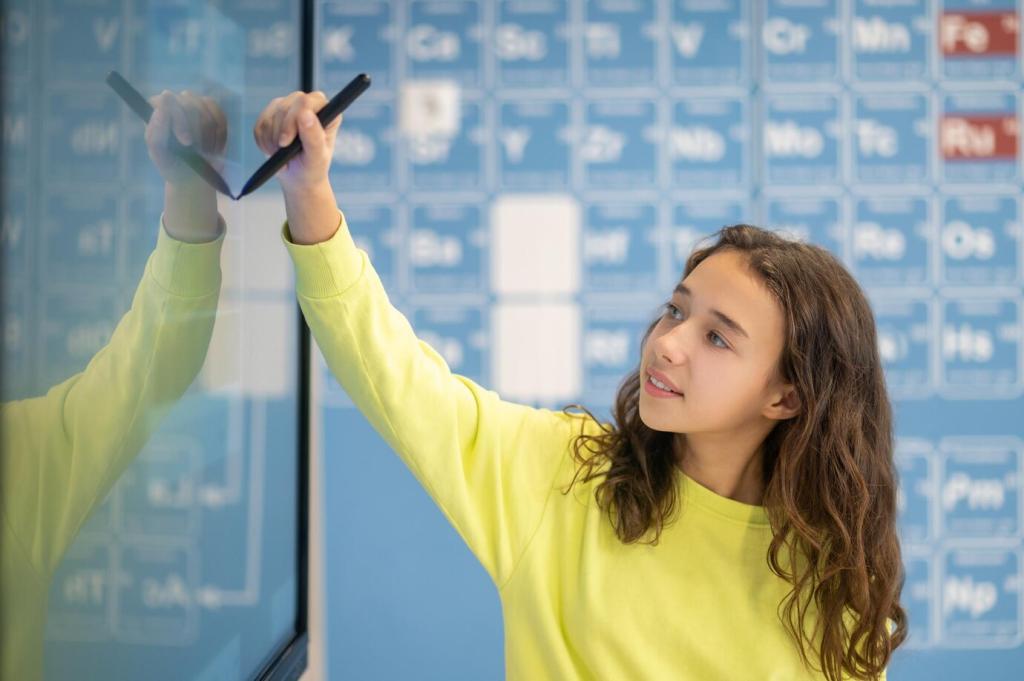
Blended Learning for Language Acquisition: Your Smart Path to Real Fluency
Chosen theme: Blended Learning for Language Acquisition. Welcome to a friendly, practical hub where online efficiency meets in-person energy to help you communicate confidently. Explore strategies, stories, and tools—and subscribe to stay inspired and keep your learning momentum strong.
Why Blended Learning Works for Language Acquisition
What “Blended” Really Means for Language Learners
Blended learning mixes online practice for flexible repetition with live sessions for real conversation. It creates a rhythm where you prepare, speak, receive feedback, and refine, leveraging time and place for maximum progress and genuine confidence.



Designing a Blended Syllabus That Actually Delivers
Aim for predictable cycles: preview vocabulary online, watch a short video, complete micro-quizzes, then use class time for discussion and role-play. This cadence turns passive input into active speaking, steadily transforming knowledge into practical fluency.
Designing a Blended Syllabus That Actually Delivers
Pick tools that match learning goals: flashcard systems for spaced repetition, discussion boards for reflection, video meeting tools for live speaking. Start simple. Add features only when they clearly support outcomes, not just because they look impressive.
Human-Centered Technology That Feels Natural
Keep live sessions dynamic with breakout rooms, time-boxed tasks, and rotating roles. Start with a warm-up prompt tied to recent online content, then escalate to problem-solving dialogues. Short, focused bursts prevent fatigue and make every voice heard.

Flipped Input, In-Class Output
Learners watch short videos and complete comprehension checks at home. In class, they reenact scenarios, improvise endings, and negotiate meaning. One learner reported finally speaking freely after a month of this pattern—because class felt like rehearsal for life.
Task-Based Projects With Real Stakes
Plan a neighborhood guide, record a podcast episode, or run a mock client meeting. Online, research language chunks and rehearse. Live, present and handle questions. The real audience—classmates or colleagues—creates urgency that textbooks rarely deliver.
Motivation, Habits, and Inclusive Design
Building Habits With Gentle Accountability
Pair weekly goals with public check-ins and tiny rewards. Celebrate streaks, not just scores. A supportive buddy system increases follow-through, especially during busy weeks. Comment if you want a partner—someone here likely shares your schedule and level.
Gamification Without Gimmicks
Use points and badges to mark milestones, but keep the focus on meaningful tasks: conversations held, minutes spoken, misunderstandings resolved. When rewards reflect real progress, motivation lasts longer than flashy graphics or endless, empty leaderboards.
Inclusive Design for Diverse Learners
Offer transcripts, captions, and adjustable playback speeds. Provide multiple ways to demonstrate learning—audio, text, or video. Neurodiverse learners benefit from predictable routines and clear instructions. Tell us what accessibility feature helps you most, and we’ll highlight tools.
Formative Assessment That Guides
Use quick online quizzes for retrieval, short recordings for speaking snapshots, and exit tickets after live sessions. Review weekly patterns, not single scores. Small, steady improvements stack into noticeable fluency over months, not days.
Learning Analytics With Heart
Monitor time-on-task, error patterns, and participation balance, then discuss findings compassionately. Data should spark supportive coaching conversations, never shame. Share a metric you’d like to understand, and we’ll translate it into useful next actions.
Continuous Improvement Cycle
Plan, implement, review, adapt—every four weeks. Retire activities that underperform and double down on those that drive speaking. Post your biggest bottleneck in the comments; we’ll reply with one targeted tweak to try next week.
